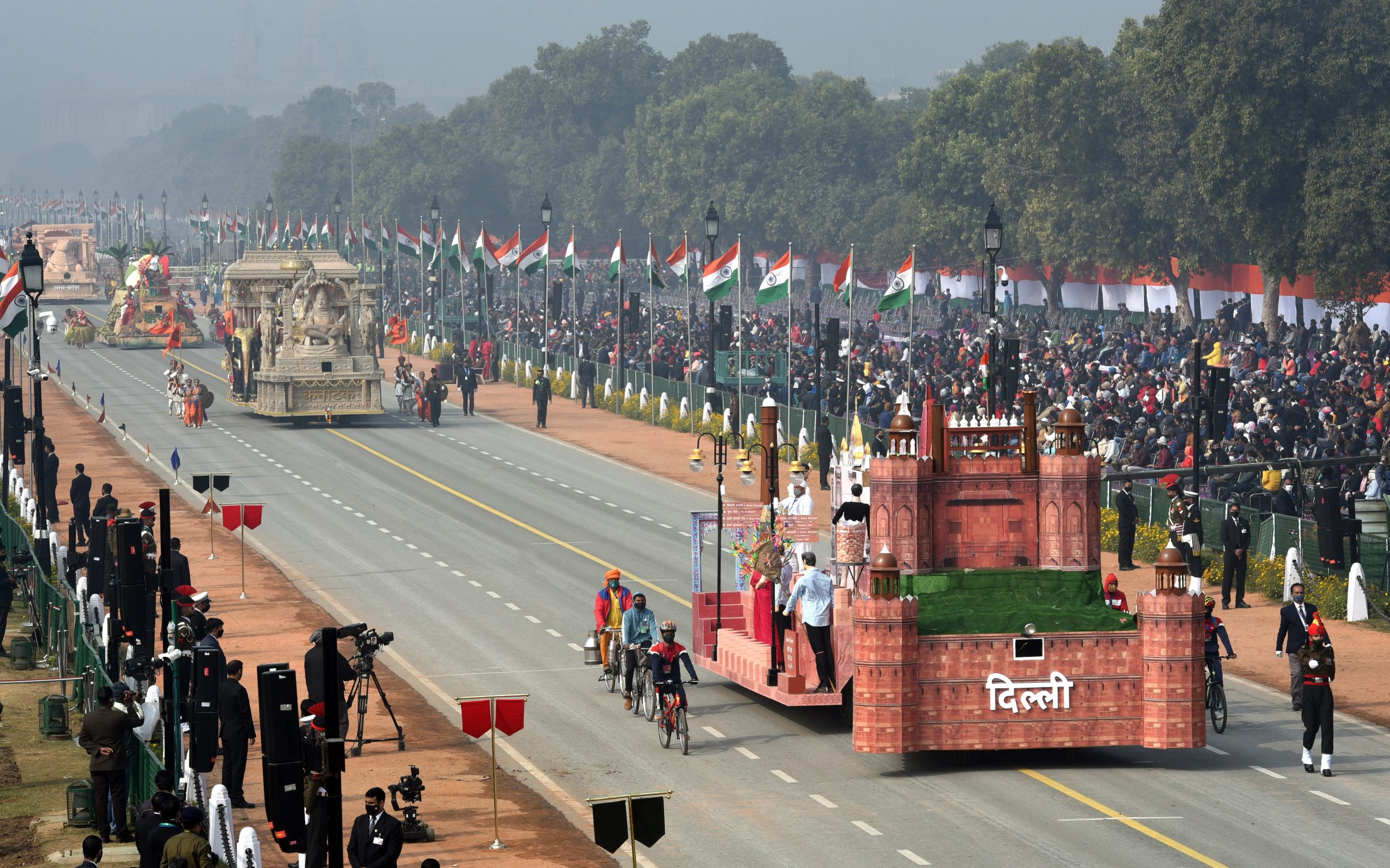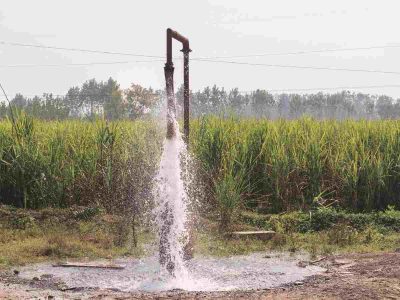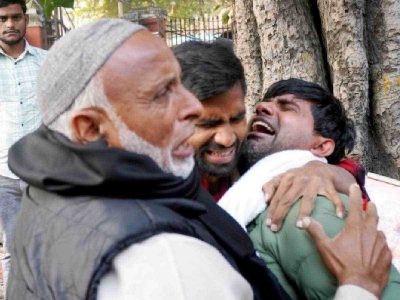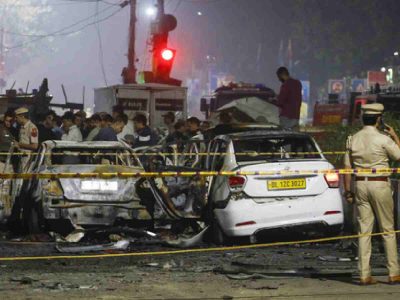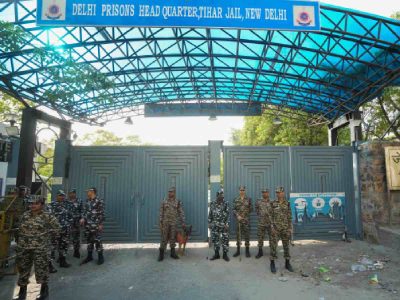For Ashish Verma ‘Ashu’, a Delhi-based businessman and social worker, watching the Delhi tableau during the Republic Day Parade every year evokes memories from his childhood spent in Sitaram Bazar in Delhi-6.
Alas, he would not be able to watch it this time as the Delhi government tableau for this year was rejected. Of course, Ashish is not the only person disappointed about the Republic Day Parade passing through Kartavya Path and other parts of the Capital without the Delhi tableau, which has created deep impression over the years due to its concept and design.
It has showcased the various facets of Delhi, ranging from the life in Delhi-6 and Ganga-Jamuni tehzeeb (composite culture) to Kargil War; and from Gandhi’s deep ties with Delhi to the role of Delhi in Green Revolution besides more.
Old-timers still recall the Delhi tableau of the year 2000. It was modelled on India’s victory in the Kargil War and the bravery of our soldiers. For Delhi, Kargil War victory was a very sweet and emotional experience as many youngsters of Delhi like Captain Anuj Nayyar and Captain Hanifuddin had laid down their lives for the nation in the grim battle. There are roads named after both of them in Janakpuri (Shaheed Captain Anuj Nayyar Marg) and Mayur Vihar (Captain Haneefuddin Marg).
Recalls Naresh Kaushik, a Delhi government school teacher, “I was in tears after watching the Delhi tableau on Kargil. Our brave soldiers had foiled the nefarious designs of Pakistan to grab our land. I was watching the parade from ITO.”
In the Delhi tableau of the 1993 Republic Day, the theme was composite culture of Delhi. Delhi has historically been a prime example of the Ganga-Jamuni Tehzeeb; and has been home to the literary and music traditions of the North India region, being the birthplace of Qawwali and the Delhi Gharana.
“Ganga-Jamuni Tehzeeb is the life and soul of people of Delhi. The tradition has been passed down through generations by the people of the Ganga and Yamuna (Jamuna) region of the central plains of north India, which has long witnessed a syncretic fusion of Hindu and Muslim religious and cultural elements,” says Dr Harish Bhalla, a practicing doctor and art lover.
“The happy life of Delhi was brilliantly depicted in the tableau,” concludes Dr Bhalla.
If we turn the pages of history, we learn that the subject of the Delhi tableau for the year 1995 was rejected after it had created a huge furore.
A Delhi government official says, “Those were the days when Madan Lal Khurana was the Chief Minister of Delhi and his government was keen on depicting Delhi ruler Prithviraj Chauhan’s action against Mohammad Ghori.”
The first tableau of Delhi took part in the Republic Day Parade way back in 1952. The theme then was centred on the tales of Maratha warrior Chhatrapati Shivaji.
During the early days of Republic Day Parade, the Delhi tableau used to focus on social welfare schemes of the central government. Naturally so, as Delhi had no state government then.
In the 1965 Republic Day Parade, the Delhi jhanki (tableau) depicted the big strides India had taken in the field of agriculture through Green Revolution. It showed a happy village life in Delhi and how farmers worked in their fields.
It goes without saying that the foundation of the Green Revolution was laid down in the Indian Agricultural Research Institute, Pusa, and Jaunti Village of Delhi.
In the mid-1960s, when scientists under the watchful eyes of Normon Bourloug and MS Swaminathan had developed a high-yielding, early-maturing and disease-resistant variety of seeds, they chose Jaunti Village in north Delhi as the testing ground for Green Revolution.
Jaunti was located just 28 km from the Indian Agricultural Research Institute, Pusa, which is why it was chosen for the project. Of course, the 1965 tableau got massive applause from the crowd watching the parade. Interestingly, some farmers of Jaunti were also part of the jhanki.
Meanwhile, the 1966 tableau of Delhi focussed on government’s commitment to imparting education to all. The 1978 and 1979 tableaux were based on adult education and total prohibition policy respectively. The Morarji Desai-led Janata Party government was at the centre when prohibition was the subject of Delhi’s tableau.
The then Prime Minister Morarji Desai made banning alcoholic beverages the principal goal of his year‐old government.
As Delhi got statehood in 1993, the subjects of Delhi’s tableaux shifted from national issues to local. For instance, in both year 2000 and 2004, the Delhi tableaux showed the life and times of Amir Khusrau, a Sufi singer, musician, poet and scholar who lived during the Delhi Sultanate era.
He was an iconic figure in the cultural history of Delhi. Khusrau is regarded as the “father of qawwali”.
The life of an average Delhiwala has become far more comfortable after the arrival of Delhi Metro Rail than it was during the days without it and the public had to rely only on buses.
Delhi Metro was rightly the theme of Delhi’s jhanki in both 2003 and 2006 respectively. Surely, Delhi Metro Rail has made huge strides since 2006 when it was the subject of capital’s tableau for the last time. One only hopes that Delhi Metro becomes subject of Delhi tableau in future too and the subject gets the green signal of strict scrutiny of Ministry of Defence Tableau Selection Committee (TSC). It is the TSC that gives/rejects the proposals of state governments for jhankis at the Republic Day Parade. It may be recalled that the committee comprises eminent scholars, artists, and experts from different walks of life to decide the subject for the tableau.
It should be noted that this isn’t the first time the Delhi tableau has been rejected.
In 1992, MoD rejected the theme of the jhanki, which was based on the trial of Mughal emperor Bahadur Shah Zafar. However, it was only after the intervention of the then Prime Minister, PV Narasimha Rao, that Delhi got the green signal very close to the Republic Day.
India celebrated the 150th anniversary of Mahatma Gandhi in 2019 in a big way. Coinciding with it, the Delhi tableau of the 2019 Republic Day Parade was about Gandhi’s ties with Delhi.
Gandhiji had first visited Delhi on April 12, 1915. And then he kept visiting Delhi, spending his last 144 days here till his death on January 30, 1948. That was the subject of Delhi’s tableau.
One only hopes that all those who watch the Republic Day Parade in Delhi will enjoy the themes of tableaux belonging to other states. Surely, they would dearly miss the jhanki of their own state.
“Yes, I will miss the jhanki of Delhi. Hope it will be back next year,” concludes Ashish Verma ‘Ashu’, who would watch the parade with his family from his Daryaganj home.

